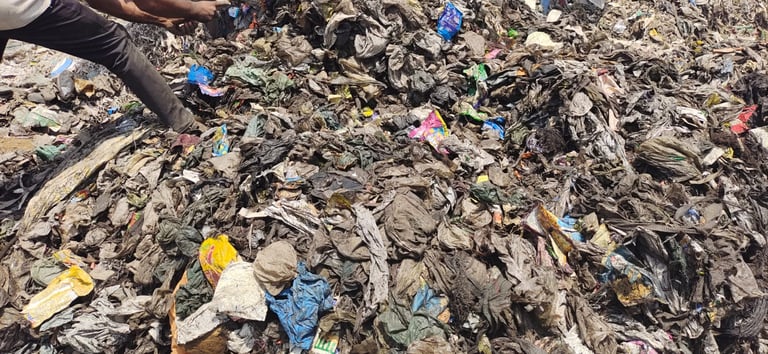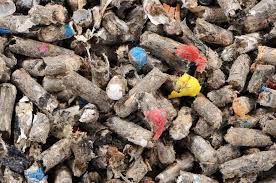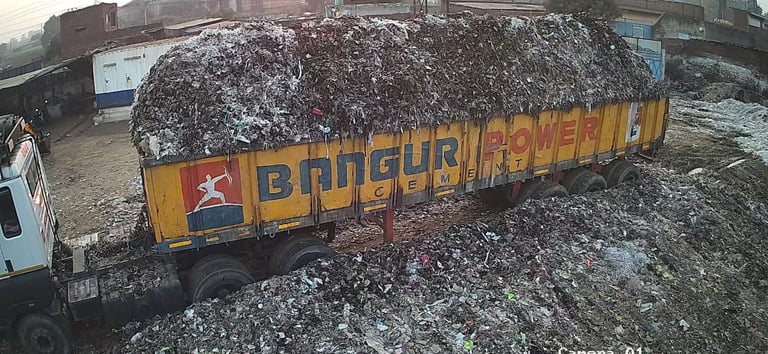Making Cement Grade RDF
Preparation of blended RDF for cement Kiln
Ajay Badal
5/4/20251 min read






Un-shredded RDF
Blended RDF-Puff
Blended RDF-briquettes
Blended RDF (Refuse-Derived Fuel) Procedure, commonly followed in India to create a fuel mix suitable for use in cement kilns or waste-to-energy plants:
1. Sampling of Raw Material
Sampling is the most important key factor to keep quality control for RDF Mix.
Mixture Analysis
Moisture Analysis
2. Pre-sorting
Manual or mechanical sorting to remove recyclables (metal, glass, high-value plastic).
Inerts like stones, sand, and debris are removed.
3. Primary Shredding
Bulky items are shredded into manageable sizes (typically 150–300 mm).
Reduces volume and enables easier blending.
4. Drying / Moisture Reduction
Waste is air-dried or processed through drying tunnels to reduce moisture below 20%.
Moisture reduction improves calorific value (CV).
5. Homogenization & Blending
Different waste streams (e.g. plastic film, textile, biomass, industrial scrap) are blended to achieve a target calorific value (typically 2,500–4,000 kcal/kg).
Blending ensures stable combustion and consistent energy output.
6. Secondary Shredding (Optional)
For certain applications (e.g., cement kilns), further shredding is done to 20–30 mm size for uniform feeding.
7. Packaging / Dispatch
Blended RDF is stored in silos or baled (wrapped) for delivery.
Supplied to cement plants, WtE facilities, or authorized boilers under proper documentation.

